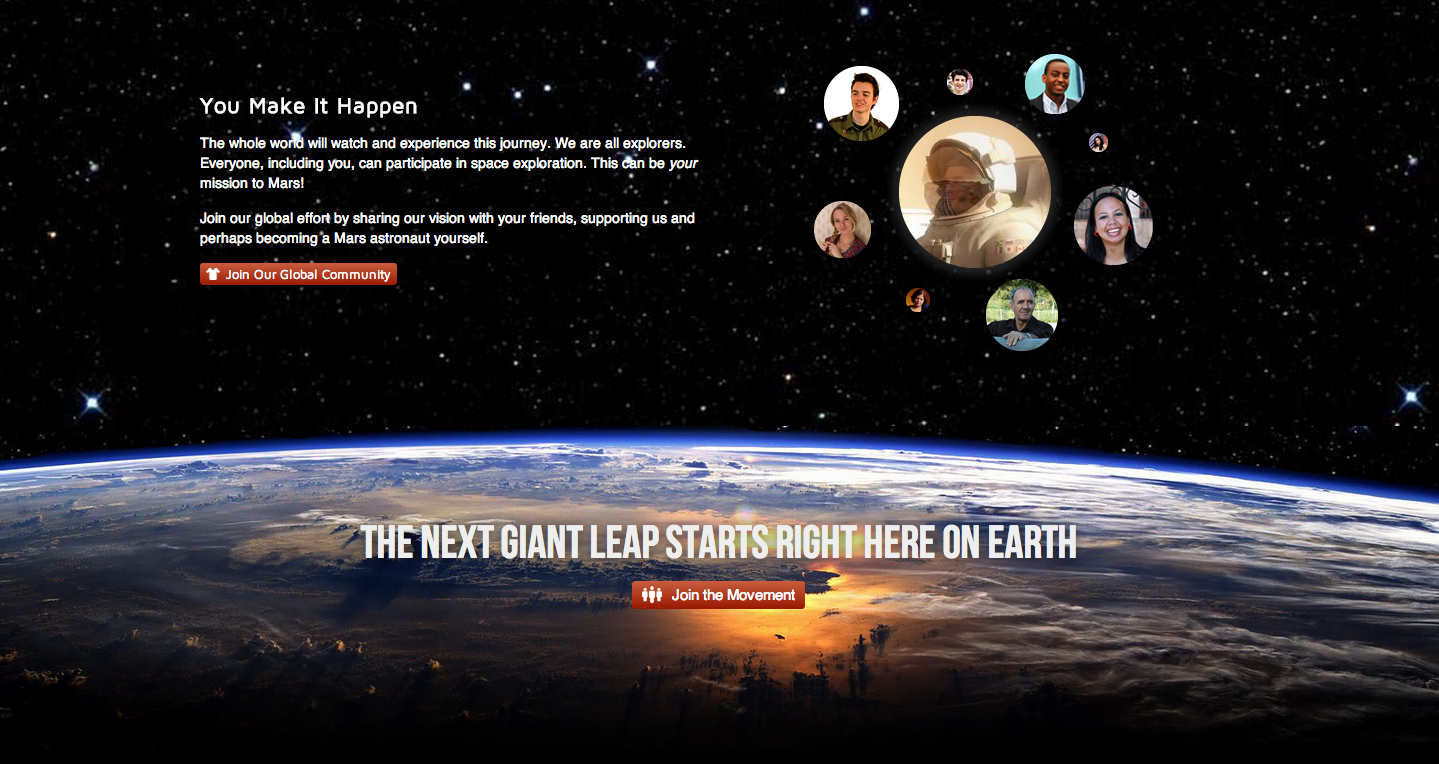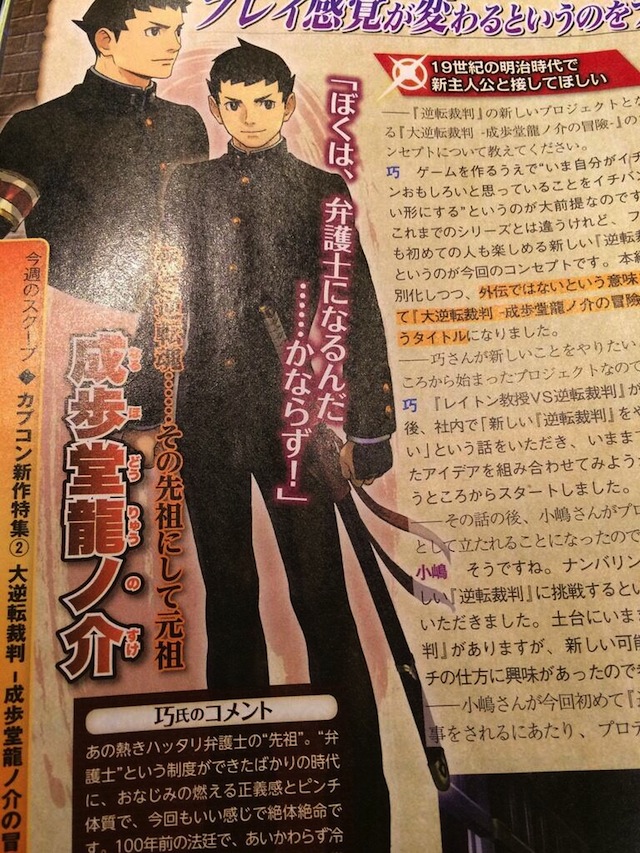The first time I played Fract, I thought the sound was broken.
I was wandering around a strange, neon-lit landscape — think the world of Myst with a Tron makeover — filled with hard angles and imposing towers lingering in the background. But the game itself was completely silent. It wasn't until I started interacting with the world that it slowly started to fill with sound. Eventually I was solving spatial puzzles that helped create the game's ethereal electronic soundtrack — I wasn't just exploring an alien world, I was making a song. "We're essentially tricking you into writing music," says designer Richard Flanagan.
Playing Fract is a slow and methodical experience. You're given very little information on what to do or how to do it — at first I found myself simply walking around, inspecting the strange and colorful alien architecture. Eventually you'll be working through puzzles made of buttons and movable objects that have to be solved in order to progress and open up new areas to explore.


"Anyone can experiment and twist knobs and have fun."
These puzzles prove to be surprisingly intuitive, despite the lack of instructions and the abstract visuals. I had no musical background whatsoever, but managed to find solutions to problems that involved rhythm and timing; I just needed to do a bit of experimentation. Essentially the game becomes a musical toy, and progress is based on learning to use that toy properly. Eventually you're even given access to a virtual studio environment where you can put what you learned into practice, and actually compose your own music that can be exported out of the game. If you’re new to musical theory, you might even learn what things like pitch and voice mean.
The idea for the game formed years ago, when Flanagan built the earliest version of Fract while still a student at the University of Montreal. He continued to work on it in his spare time, before eventually submitting the game to the Independent Games Festival and ultimately winning the best student game award in 2011. That award encouraged him to flesh out the experience into a commercial release, enlisting the help of his wife Quynh Nguyen, who served as a producer and designer, as well as programmer Henk Boom and musician Alex Taam.
In some ways, Fract mirrors Flanagan's own experience with music. He has no proper musical training, but learned to make his own electronic tracks by playing around with different software. "I draw a lot of inspiration from tools," he explains. Early on, the team had bigger ambitions when it came to teaching players about music, hoping to really get into the nitty gritty of synthesizers and how they work. But it turned out that didn't really make for a great game. "So we readjusted our goals and got back to the root of what inspired the game — the idea that music making can be playful," explains Nguyen. "You don't necessarily have to have a musical background or be a musician, anyone can experiment and twist knobs and have fun."

One of the reasons the game works so well is that it doesn't actually feel like you're learning — it's not the kind of educational game that drills concepts into you through repetition. Even if you have no interest in music, Fract is still a fantastic game. Exploring a strange, forgotten place and uncovering its secrets, solving puzzles to literally transform the world around you is an engaging proposition in its own right. And the trippy, otherworldly visual design and constantly shifting and evolving soundtrack just make the experience better. You could probably play the entire game without even realizing it's trying to teach you these musical concepts — and that's kind of the point. "You can learn without explicitly being aware of learning something," says Nguyen.


"A fine line between empowerment and bewilderment."
Fract blends together two seemingly disparate types of games. There are exploration elements that let you venture through a large open world with plenty of freedom to do things at your own pace. But there's also the more guided process of learning musical tools and interfaces. In some ways these two elements are at odds: if players are able to wander around aimlessly, how do you ensure they're learning what they need to in order to progress? Fract gets around this in a few ways, perhaps most importantly through its visual language. When there's a towering spire in the background, chances are you're going to head in that direction to investigate. It’s as if the world itself is subtly guiding you where you need to be.
Getting this process to work as smoothly as it does in Fract proved challenging. "Since we are trying to introduce people to certain ideas, there is a progression that is ’better’ suited to picking up on things," explains Nguyen. "But at the same time, we wanted to keep the openness of the experience — so the two aspects were at times difficult to reconcile."
The result is a game that's difficult to explain. It's a mysterious exploration game where you're uncovering secrets and solving puzzles, but it's also a musical toy that has you experimenting with tools and sounds to help better understand how music is made. You may go in expecting one or the other, but either way you'll find a wholly unique experience in Fract. The game isn't particularly interested in telling you what it is, either: it just wants to show you.
"Fract often walks a fine line between empowerment and bewilderment," says Nguyen.
Fract is available today on Windows and Mac.















 First Second
First Second
 First Second
First Second
 First Second
First Second
 First Second
First Second
 First Second
First Second
 First Second
First Second
 First Second
First Second
 First Second
First Second
 First Second
First Second
 First Second
First Second









